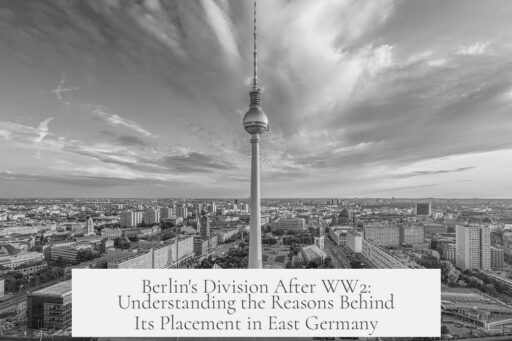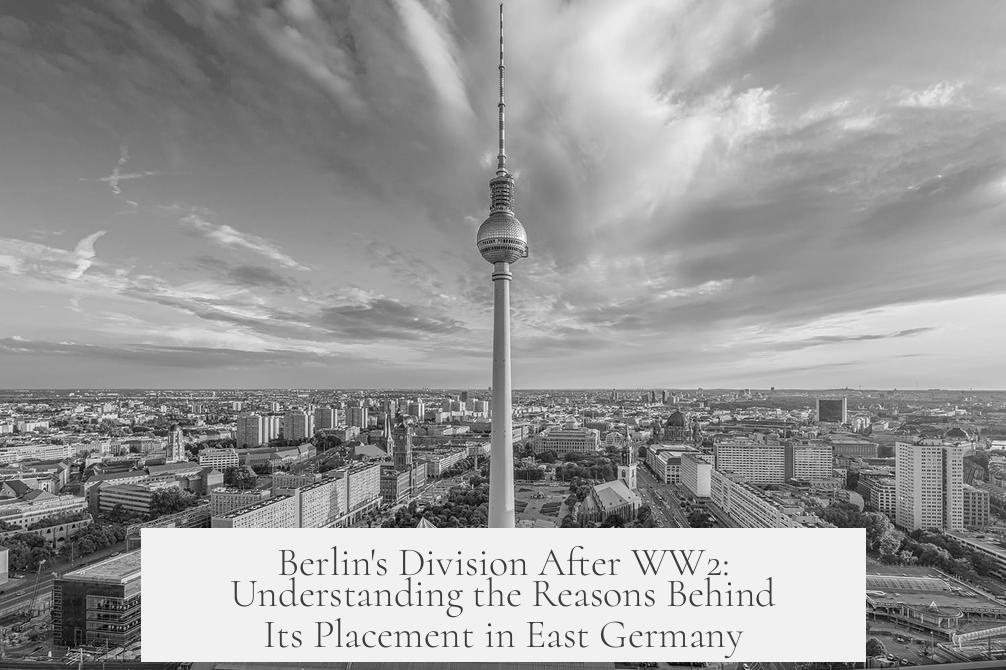Berlin was divided after World War II despite being inside East Germany because of pre-war Allied agreements and geographical and political realities established at the war’s end. The division of Berlin into four sectors—controlled by the United States, United Kingdom, France, and the Soviet Union—stemmed from decisions made by the major Allied powers before Germany’s surrender. These decisions defined Berlin as a shared city with mixed occupation zones, regardless of its physical location deep inside the Soviet zone, which later became East Germany.
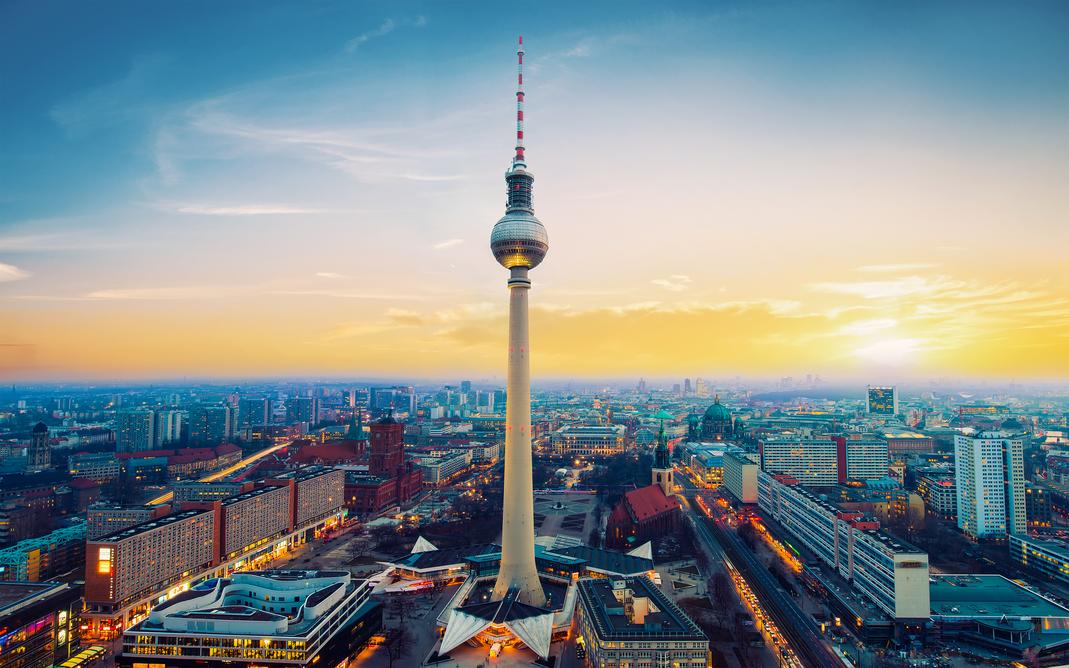
Before the war ended, the “Big Four” Allies—the US, UK, Soviet Union, and France—agreed to divide Germany into four occupation zones to manage the defeated nation jointly. About 30% of Germany’s pre-war industry operated in Berlin, including major companies like Siemens and AEG, making Berlin a vital economic and political hub. Because of this importance, the Allies decided Berlin itself would be divided into four sectors, reflecting the broader partition of Germany.
Geographically, Berlin was situated well inside the Soviet-occupied territory that later became East Germany. This was the result of wartime advances: Soviet troops captured Berlin first, occupying the city before Western Allied forces arrived. The Western Allies had little choice but to accept the Soviet occupation of the surrounding areas and maintain the pre-agreed division of Berlin itself.
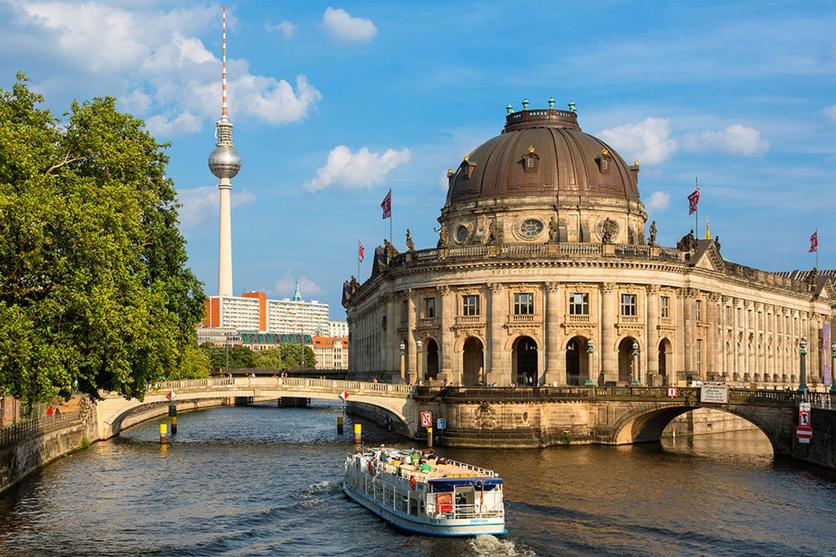
To keep the planned arrangements balanced, territories held by Western forces that extended into Soviet zones were returned to Soviet control to ensure clear boundaries. This territorial adjustment made sure each Allied power controlled its agreed-upon zone, including Berlin sectors.
West Berlin operated under a unique political and legal status that distinguished it from West Germany. West Berlin was not officially part of West Germany. Instead, it remained under the authority of the Western Allies alone. West Germany did not hold legal claims over West Berlin, although it considered itself the legitimate successor state to all of Germany. West Berliners elected representatives affiliated with West German political parties, and these reps participated in West German parliament sessions. However, their parliamentary representatives could not vote formally in the Bundestag. Their role was limited to advisory or opinion input, reflecting the legal separation between West Berlin and West Germany.

The four-power occupation agreements guaranteed free access to each sector of Berlin. The Western Allies insisted on unimpeded access rights to their sectors in Berlin despite the city’s location deep within Soviet-controlled territory. This legal guarantee became the basis for events such as the Berlin Airlift in 1948-1949, where the Western Allies supplied West Berlin by air during a Soviet blockade. Later, during the Berlin Crisis of 1961, the same principles supported Western rights to maintain their sectors of the city.
Mutual trust was minimal among the Allies, which made these arrangements fragile. The agreement to allow access to Berlin’s Western sectors was practical but had an underlying tension, reflecting the larger mistrust that characterized the emerging Cold War.
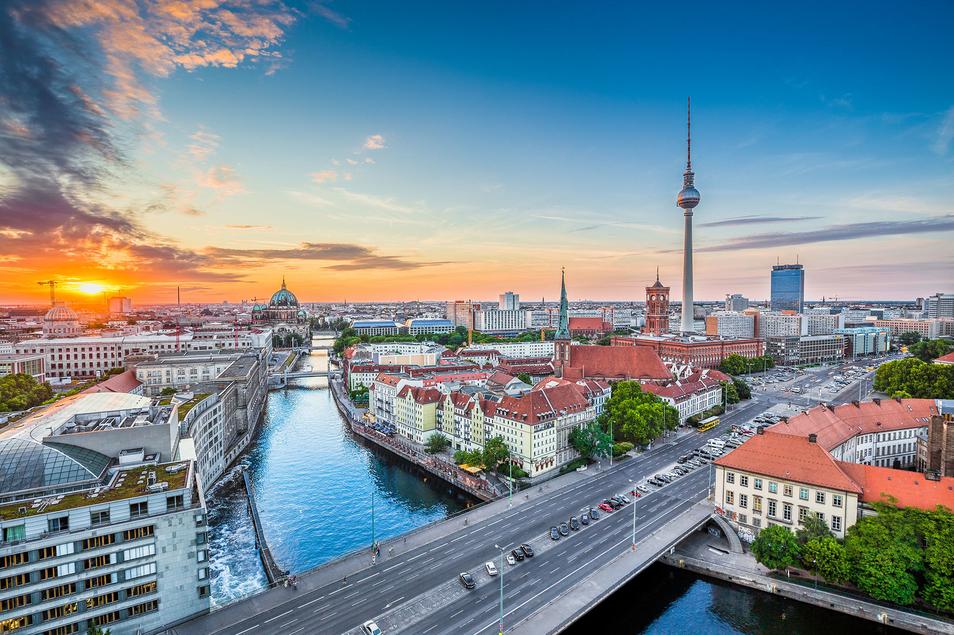
At the time these agreements were made, deep Cold War divisions had not fully crystallized. The Allies assumed they could work through the complexities of postwar Germany together. There was no intent to establish Berlin as a divided propaganda or espionage center. The division of Berlin was more an unintended consequence of military realities and previously negotiated terms than a carefully planned Cold War strategy.
| Reason | Explanation |
|---|---|
| Allied Agreements | Pre-war plans divided Germany and its capital, Berlin, into four sectors overseen by US, UK, USSR, and France. |
| Geography | Berlin was entirely within what became Soviet-held East Germany but divided according to earlier Allied plans. |
| Legal Status | West Berlin was an occupied city under Western Allied control, not a part of West Germany. |
| Political Representation | West Berlin had limited political ties to West Germany, with representatives having no formal Bundestag voting rights. |
| Access Rights | Western Allies secured legal access routes to West Berlin, enabling airlifts and supply during blockades. |
- Berlin’s division resulted from Allied agreements, not from Cold War tensions alone.
- Its location inside East Germany was a geographic accident, not a redesign of occupation plans.
- West Berlin functioned as a separate legal entity under Western Allied authority.
- Mutual access rights allowed Western Allies to supply and govern their sectors despite Soviet control of surrounding areas.
- The division reflects wartime arrangements complicated by postwar political realities.
Why Was Berlin Divided After WW2 if It Was Inside East Germany?
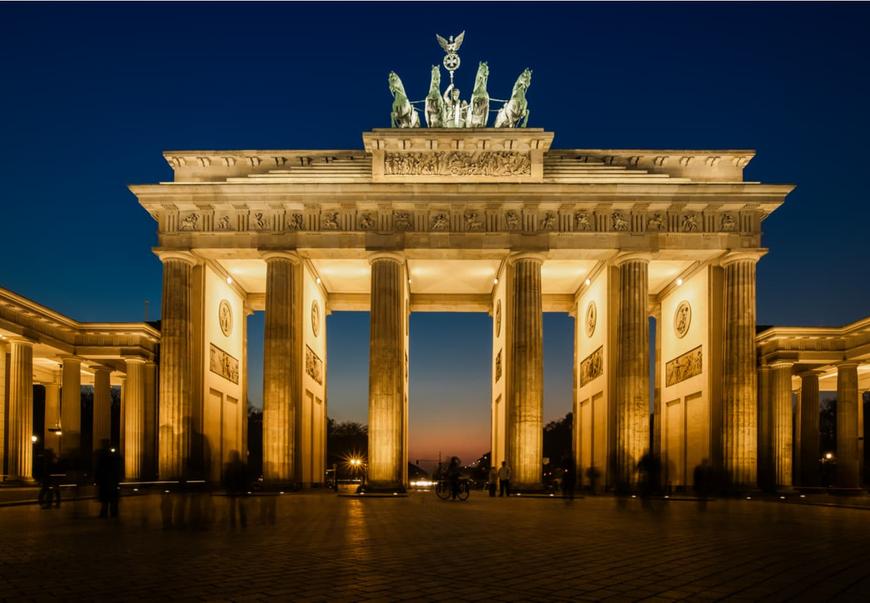
The short answer: Berlin was divided after World War II because the Allies pre-agreed to split not just Germany but its capital, Berlin, into four zones—even though Berlin was entirely inside the Soviet-occupied East Germany territory. This division was based on practical agreements, not geography or political logic.
Now, if you’re wondering, “Wait, why split a city inside someone else’s zone? Doesn’t that seem like a recipe for confusion?” — you’re absolutely right. But understanding this setup means looking back at the war’s final days, Allied agreements, and some geography that seemed inconvenient even then.
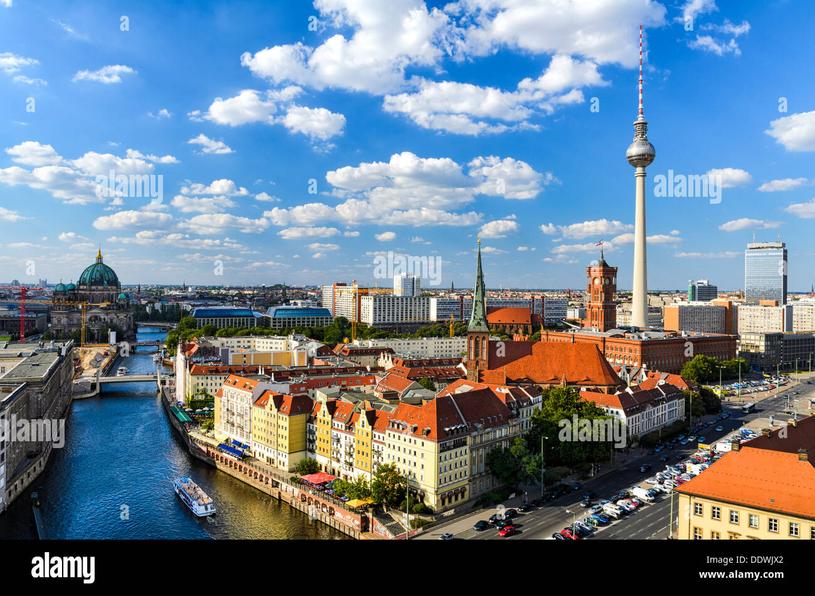
Backstage Pass: The Big Four’s Partition Plan
Before the Nazi surrender was even signed, the “Big Four” — the US, the UK, the Soviet Union, and France — had already decided to divide Germany into four occupation zones. Each would be administered by one ally.
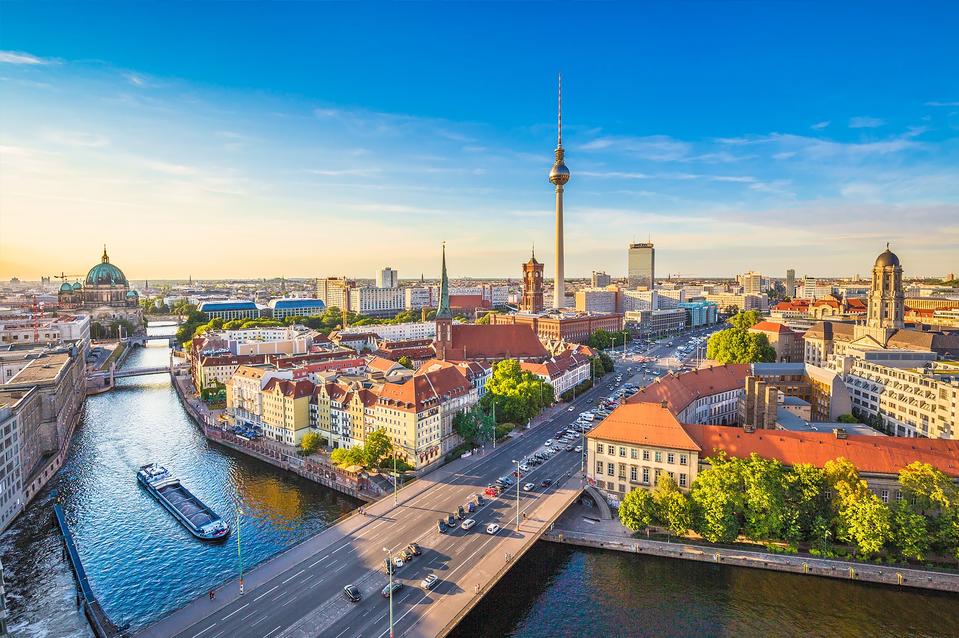
Why four? Germany was massive and had a sprawling industrial machine, including Berlin, which was a major economic hub housing giants like Siemens and AEG.
Because Berlin was the capital and industrial heart, nobody wanted a single power holding the entire city. The Allies agreed Berlin itself would also be split into four sectors, independent of regional geography. This meant that even though Berlin was geographically inside the Soviet zone, it would be shared.
This decision wasn’t about trust or friendship — it was about balance and practicality.
Soviets Got There First — Classics Move In History
When Soviet troops stormed Berlin in April 1945, they arrived before the Western Allies. The Western powers, respecting prior agreements, accepted this and claimed their city sectors accordingly.
Interestingly, the Americans had briefly liberated a small area south in Erfurt inside what would become the Soviet zone, but handed it back to maintain the agreed zones’ neat borders.
This tidiness was more about diplomacy than geography. Western sectors of Berlin became tiny islands of democracy and capitalism inside the vast Soviet-controlled East Germany.
West Berlin’s Strange Legal Status
West Berlin was never part of West Germany. It wasn’t a regular German city but a separate entity under the direct authority of the Western Allies.
What does that mean practically? West Berlin had its own way to elect city officials and ran elections with West German political parties present. However, its representatives in the West German parliament couldn’t vote officially. Imagine being invited to the party but told you can’t dance — that’s West Berlin in West German politics.
West Germany saw itself as the future legal successor of a reunified Germany. But in strict terms, it had no direct authority over West Berlin.
Access: The Invisible Roads to Freedom
The Allies had a crucial agreement: each power guaranteed the others’ access to their sectors in Berlin. This provision became vital during the Cold War, especially with events like the Berlin Airlift in 1948-49.
Without this, the Western sectors might have been completely cut off by Soviet forces. But the agreement ensured Western civilian and military access corridors to West Berlin from West Germany.
This access agreement wasn’t born out of friendship but out of legal necessity and diplomatic tension. None of the parties fully trusted each other — and that lack of trust shaped many Cold War dramas.
The Division: A Product of Circumstance, Not Intent
It’s tempting to think of Berlin’s division as a master plan of ideological segregation. In reality, it was more an artifact of wartime agreements and geography tangled with emerging Cold War tensions.
The Cold War wasn’t fully crystallized when the Allied agreements were made. Peaceful cooperation was still expected — only later did the divide harden.
So, the divided city, the “spy paradise,” and the Berlin Wall all stemmed from an initial arrangement done with good intentions but messy results.
Practical Takeaways from Berlin’s Divide
- Geography doesn’t always dictate politics. Here, a city inside the Soviet zone ended up partially controlled by the West.
- Allied agreements can produce quirks. West Berlin wasn’t part of West Germany but remained politically connected in complex ways.
- Access agreements matter. The Allies’ guaranteed access ensured West Berlin wasn’t isolated, enabling major historical events like the Airlift to succeed.
- Political divisions often grow from practical compromises. The split occurred first for practical reasons, later becoming an ideological battlefield.
Imagine Living There
Picture yourself in 1949 West Berlin: An island of Western democratic culture surrounded by East German communist territory with Soviet guards on the borders. You’re not officially part of West Germany, and your elected representatives don’t get voting rights in the main parliament. On top of that, your food and energy lifelines come from air drops because the Soviets block roads.
It’s like living inside a giant networking firewall — you’re connected but constantly monitored and restricted.
Why Should We Care Today?
Berlin’s division teaches us about compromise, trust, and the unintended consequences of agreements. It also offers a powerful reminder that geography and politics rarely align neatly.
If tensions had been different at the end of WWII, the city might have looked very different. Yet this split defined much of 20th-century geopolitics and shaped the lives of millions.
When you visit Berlin today and walk through its memorials and rebuilt neighborhoods, remember: this patchwork division was never meant to last forever. It was a temporary fix turned historical landmark.
Final Thought
Berlin’s division after WWII is a story of alliances, agreements, and geography intersecting in complicated ways. It was a practical solution to managing a defeated Germany’s capital, not a plan to carve up a city for ideological domination from the onset.
So next time you hear about “Berlin in East Germany,” think: it’s not an error or quirk in history, but a reminder that history is messy, shaped by human decisions made under pressure, often with results far beyond original intentions.
